In situ analysis identifies blood, urine and saliva whilst discriminating against common interferents
UK researchers have developed a new analytical method to detect bodily fluids and estimate their age. The mass spectrometry-based technique avoids the need for sample preparation and contamination tests, and could be used by crime scene investigators to analyse samples on the spot.
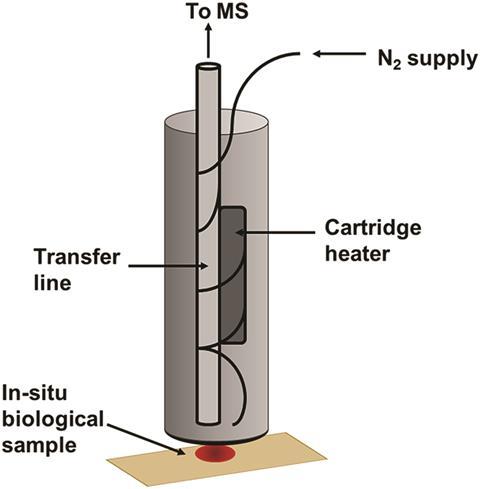
Current forensic analysis techniques involve sending samples from a crime scene back to a lab for investigation. This can be slow and expensive. However, Jim Reynolds and colleagues at Loughborough University now report a desorption surface sampling probe that gently heats the surface of potential evidence to around 60°C with a stream of heated nitrogen gas to release volatile compounds (VOCs). These VOCs enter a compact mass spectrometer for analysis. The team used partial least squares discriminant analysis and principal component analysis to construct a model that could easily differentiate between different samples including blood, urine and saliva, but also possible interferents such as coffee, ketchup and suncream.
As well as identifying samples based on the VOC profiles of bodily fluids, this technique can estimate the sample’s age. ‘As far as we note, this is the first time anyone’s achieved it without completely destroying the sample,’ says team member Stephanie Rankin-Turner. The team stored blood, urine and saliva samples under ambient conditions for two months. The samples were analysed at different time points to find differences in the mass spectra over time.
The UK Home Office has encouraged researchers to develop in situ analytical techniques. ‘Common sense says the more you can do at a crime scene the better. It would allow someone who didn’t have that rigorous background in the area to be able to do the sampling,’ says team member Paul Kelly.
There is still some work to do to make the technique viable for use in a real crime scene though. Paul Kirkbride, a forensics expert at Flinders University in Australia, says the technique is not particularly practical. He is sceptical about the non-destructive nature of the technique. Reynolds’ team admits that the method could be classed as ‘minimally destructive’ as they are heating the sample, however, the device targets a small portion of the surface so that the rest of the sample is preserved for further analysis if needed.
Kirkbride comments that there are other ‘well-tried and proven’ field deployable techniques, for example immunochromatography, to identify bodily fluids. Nevertheless, the team at Loughborough emphasise that many of these tests typically focus on the detection of a specific bodily fluid, rather than identifying multiple bodily fluids using a single test, as they have shown here.
‘There are numerous avenues of investigation that need to be fully investigated before a technique such as this could be validated for operational use. Studies relating to comparisons between human and non-human body fluids will form part of a much greater validation study,’ adds Rankin-Turner.
The team also plan to address the practicality of using the probe in situ. Reynolds says ‘the mass spectrometer is still rather large’ so they hope to develop the methodology further to make it smaller and more portable.
References
This article is open access
S Rankin-Turner et al, Chem. Sci., 2019, DOI: 10.1039/c8sc04133d
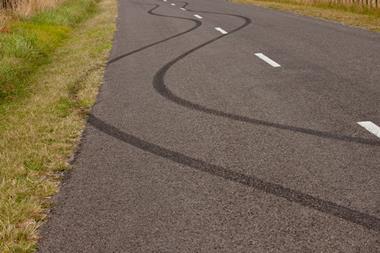
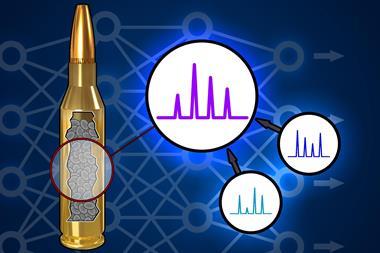

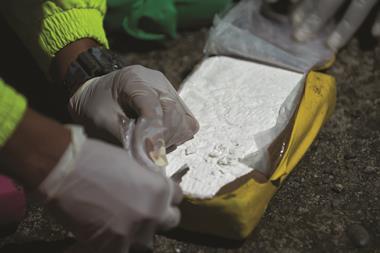
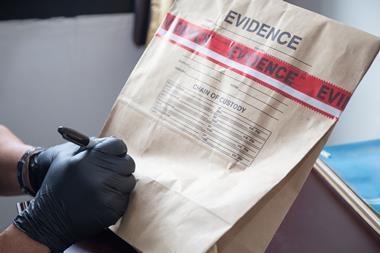
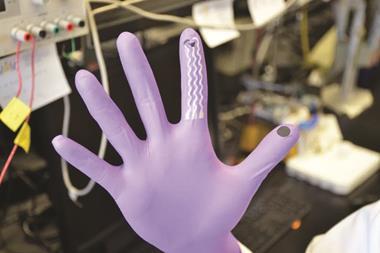






No comments yet